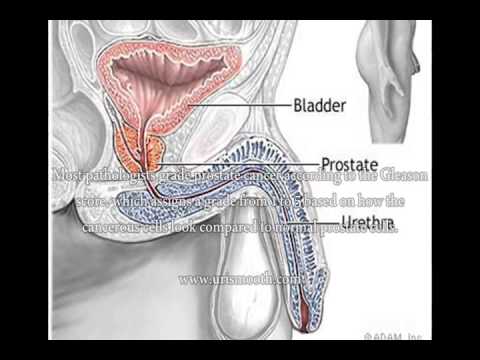What Are Grade 1 Prostate Enlargement Symptoms
 So, just what is an enlarged prostate gland? Well, it is important to stress that an enlarged prostate does not necessarily scream prostate cancer. But boy can the whole ordeal by uncomfortable.
So, just what is an enlarged prostate gland? Well, it is important to stress that an enlarged prostate does not necessarily scream prostate cancer. But boy can the whole ordeal by uncomfortable.
Benign prostatic hyperplasia, or an enlarged prostate gland, is an condition that usually manifest itself in man over the age of forty and just might be the most common medical problem facing men over sixty.
Symptoms of An Enlarged Prostate
The actual cause of enlarged prostate joins the cure for the common cold as one of medicine’s greatest mystery, but if you’ve got one, chances are you don’t have to be Jessica Fletcher to figure it out.
A normal prostate gland is about the size of those walnuts that the fancy airlines like to substitute in place of the traditionally cliche plane peanut, as the prostate grows it will generally begin to squeeze the urethra-it then in turn narrows.
The bladder then feels compelled to push urine through the newly slimmed down urethra more forcefully-this will result in the urge to make more frequent trips to the Little Boy’s Room.
As the problem progresses, the bladder may get just a little perturbed at having to do extra credit and ultimately may not be able to completely empty itself.
And when the bladder get really peeved, prostate patients may find themselves with acute urinary retention, a complete shutdown of urination.
It is a serious condition which should be followed by an immediate trip to the nearest healthcare facility.
Some of the enlarged prostate symptoms to keep your eyes peeled for include:
- Leaking of urine.
- The inability to empty the bladder.
- Frequent trips to the bathroom-especially at bedtime.
- Difficulty starting urination.
What Are Signs Of Grade 1 Enlarged Prostate Danger?
It’s time to head to a doctor if you
- lose the ability to urinate
- begin to experience nausea, fever, and chills,
- or if lower back pain becomes accompanied by blood in the urine – none of which are good signs.


